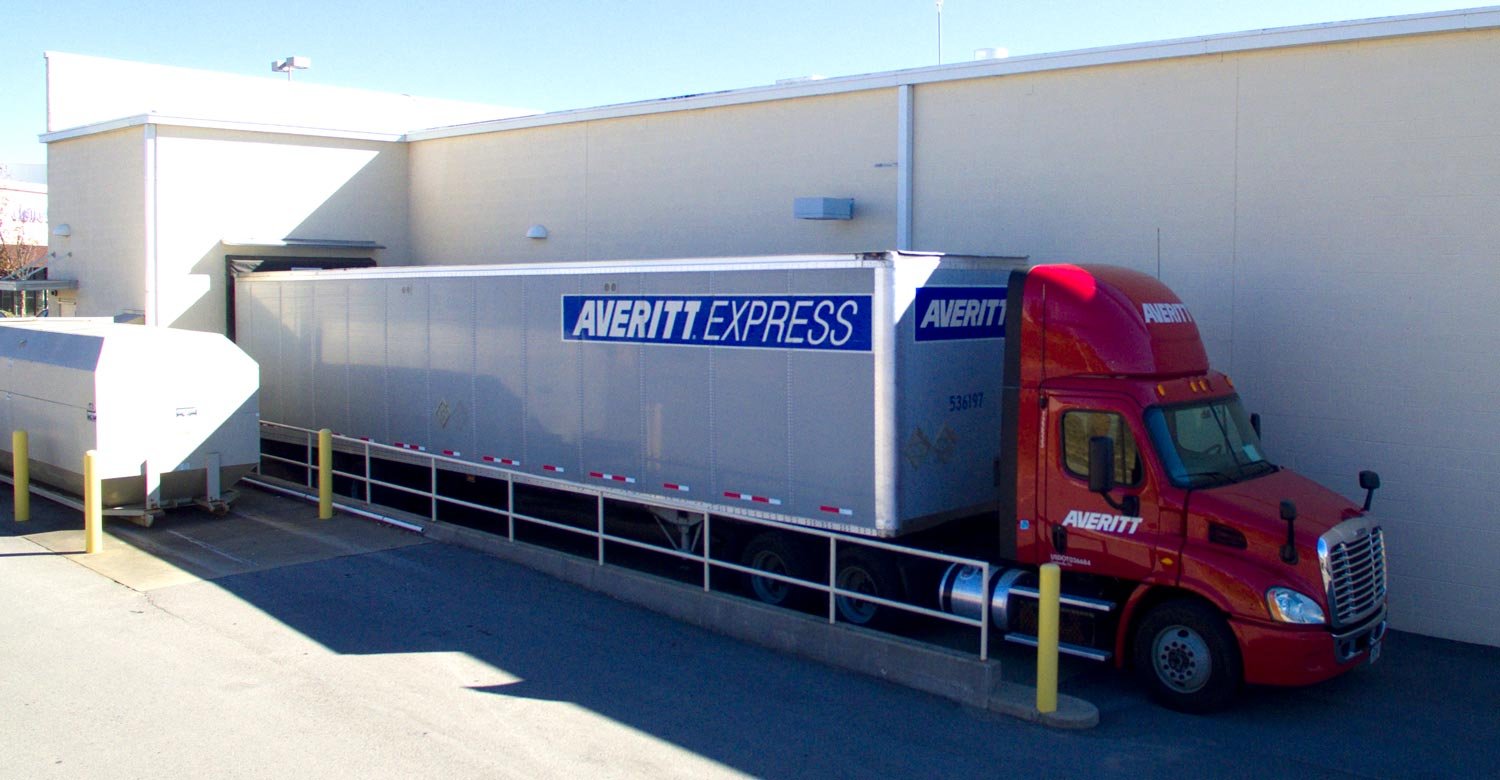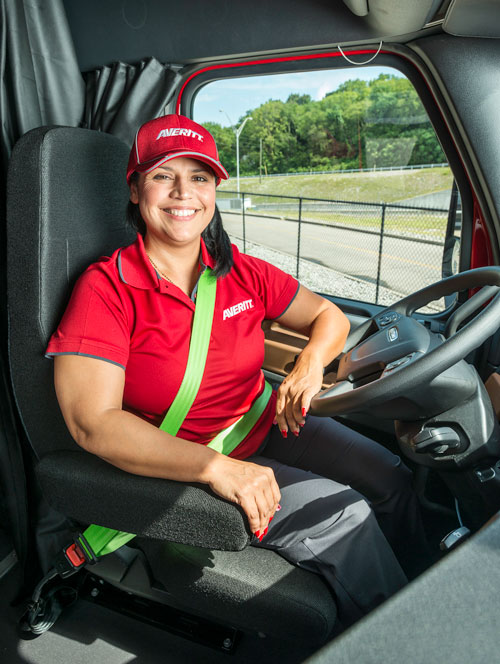
On Time In Full (OTIF) / Must Arrive By Date (MABD) delivery is a set of standards for shipping and receiving within the retail industry. This set of shipping guidelines is primarily required by big box retailers, such as Walmart.
The goal of these guidelines is to improve supply chain efficiency. The requirements for meeting the delivery guidelines fall upon the supplier (or shipper). Failure to meet the retailer's expectations can result in financial penalties.
In order to meet the standards of shipping to retailers that enforce these guidelines, shippers need to utilize carriers that specialize in on time in full delivery.
When it comes to meeting strict retailer delivery guidelines, shippers need a strong carrier partner. Whether a supplier is shipping by less-than-truckload or full load dry van, the guidelines for delivery will apply.
OTIF compliance guidelines are fairly straightforward:
Meet specific date and delivery windows
Utilize proper packaging and labeling
Orders must arrive 100 percent in full
No early shipments
Failure to meet these guidelines can have consequences on the shipper. First, the retailer can subject the shipper to chargebacks for failing to make a delivery in full and on time. Each missed or late delivery can lead to lost profits for the supplier. Over time, these losses can quickly add up.
Secondly, each failure to meet the standards will impact the shipper or supplier's OTIF scorecard. Reaching a certain negative score can result in the supplier being dropped by the retailer altogether.

For decades, Averitt has been a leader in retail delivery and distribution. In fact, we have won numerous awards from top retailers (including Walmart) for our ability to help shippers meet OTIF compliance guidelines. Our approach to MABD and OTIF shipping is different than standard pickup and delivery.
We take great care when it comes to managing and monitoring these types of retail shipments. This care goes beyond delivering freight within a designated delivery window or time frame.
In many cases, there can be instances where delivery information is not correctly logged by the buyer. This can result in unneccessary chargebacks and score penalties. To help shippers avoid these issues, we take extra precautionary steps, including:
Retaining copies of delivery documents such as guard shack tickets to confirm delivery date and time
Retaining copies of appointment confirmations from the consignee
Keeping official notes on weather delays
Reviewing and assisting the shipper with challenging wrongful penalties issued by the retailer
By taking these extra steps, Averitt can help you meet and exceed your on time in full shipping requirements!
When you choose Averitt for your retail delivery service needs, you can count on simplicity. We are your single point for everything.
Browse recent articles from our transportation industry blog, Point to Point, including timely information about current industry trends and tips for ensuring that your freight gets from origin to destination safely and securely.